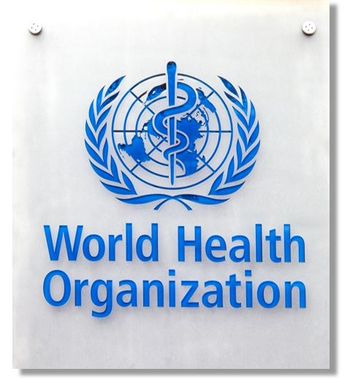
Obesity Overview: 7 Questions on the Latest Research
From nut consumption to abnormal bowel habits, test your knowledge of the latest research in obesity with this quick quiz.
Are you up-to-date with the various obesity studies published last month? Take our 7-question quiz below to find out.
1. Increasing total nut consumption by 0.5 servings/day was found to decrease the risk of obesity by approximately:
A. 3%
B. 7%
C. 10%
D. 15%
Answer: A. 3%. According to a recent long-term observational study of >144 000 US health professionals published in
2. According to the same study, adults who increased their daily consumption of peanuts specifically by 0.5 servings/day had the lowest risk of developing obesity.
A. True
B. False
Answer: B. False. Adults who increased their
3. Severely obese adolescents are less likely to develop acne vs adolescents with a normal body mass index (BMI) by approximately what percentage?
A. 25%
B. 39%
C. 50%
D. 62%
Answer: C. 50%. A recent study of >600 000 Israeli adolescents, published in the
4. According to the same study, for each 1-unit increase in BMI, male adolescents had a greater decrease in adjusted odds ratio (aOR) of acne vs female adolescents.
A. True
B. False
Answer: A. True. The
5. Approximately what percentage of US adults with chronic diarrhea are overweight, obese, or severely obese?
A. 25%
B. 40%
C. 60%
D. 80%
E. None of the above
Answer: D. 80%. A recent analysis of a nationally representative sample of the US adult population, published in
6. According to the same analysis, adults in which of the following weight categories were the most likely to have constipation?
A. Underweight
B. Normal weight
C. Overweight
D. Obese
E. Severely obese
Answer: B. Normal weight. The
7. Which of the following weight cohorts had the highest percentage of US adults with chronic diarrhea?
A. Severely obese
B. Normal weight
C. Underweight
D. Obese
Answer: A. Severely obese. The
--------------------------------------------------------------
Stay in touch with Patient Care® Online:
→Subscribe to our
Newsletter
Enhance your clinical practice with the Patient Care newsletter, offering the latest evidence-based guidelines, diagnostic insights, and treatment strategies for primary care physicians.
















































































































































































































































































